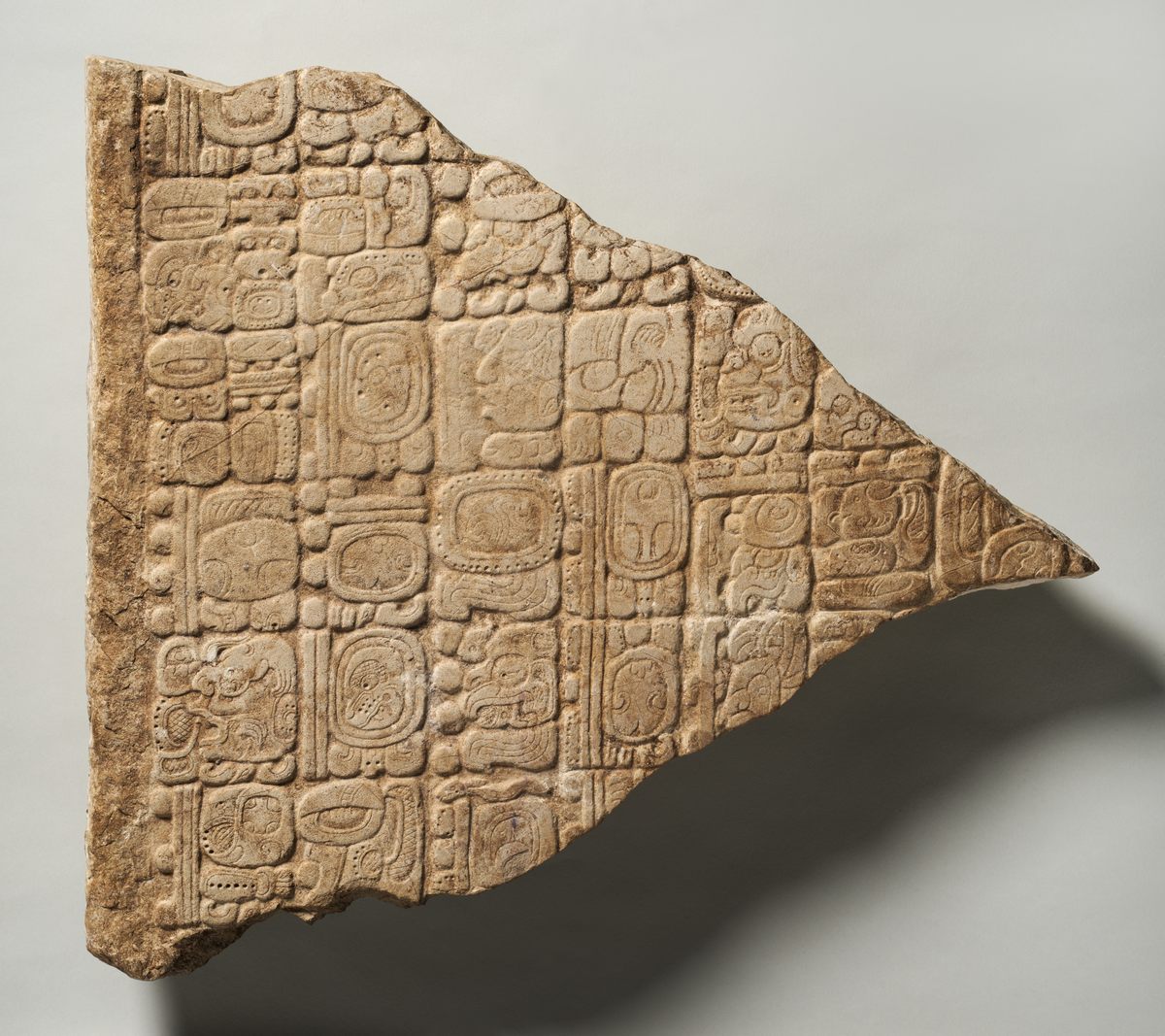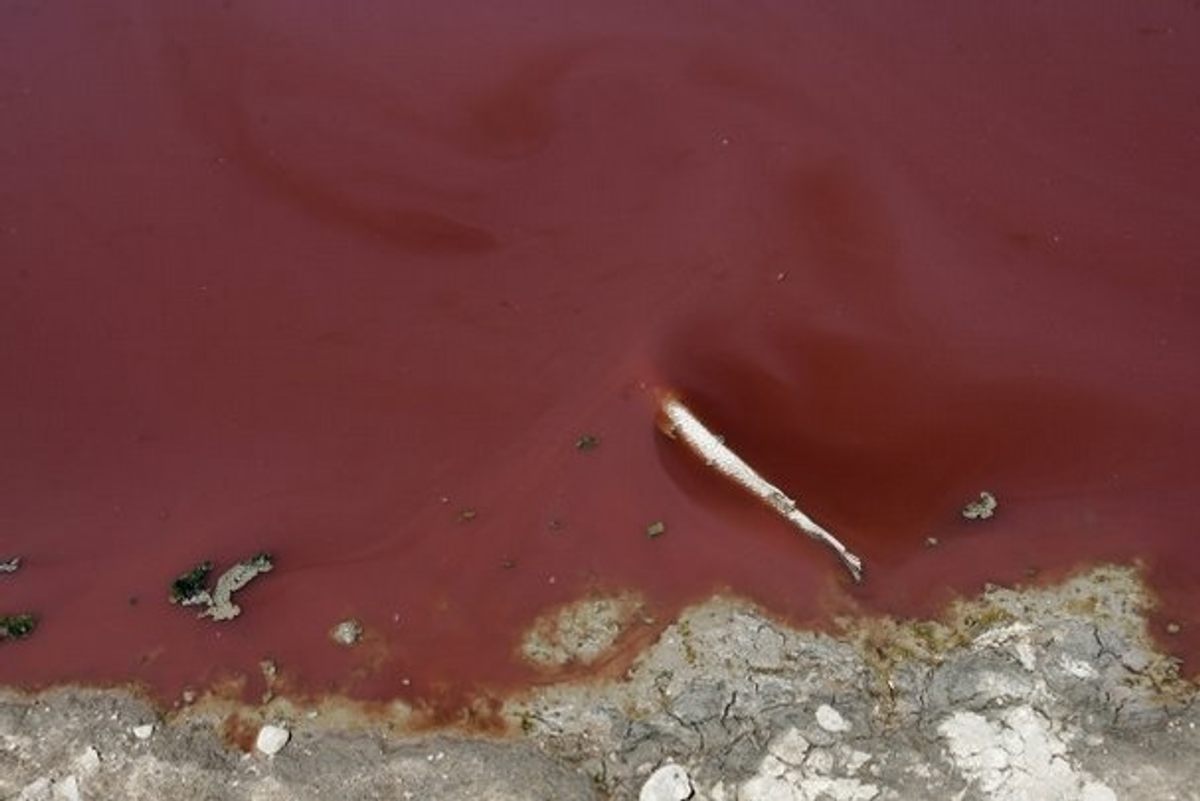No, Eclipses and Other Strange Sights Are Not Signs of the Apocalypse
An eclipse isn’t an omen of doom, and neither are Mayan calendars, red lakes, or papal portraits.
On April 8, a swath of the United States will witness a spectacular celestial phenomenon: The skies will blacken as the Sun skirts behind the shadow of the Moon. For many, the rare chance to glimpse such an awe-inspiring occurrence is a celebratory occasion. But throughout history, sudden darkness has also been interpreted as a signal that the end is upon us.
Human beings have long been quick to read both solar and lunar eclipses, as well as other celestial wonders, as cosmic clues capable of foretelling our final days. But looking for inklings of the apocalypse isn’t limited to scanning the skies. It can be a more down-to-earth activity, too.
Across the terrestrial world people have long sought out or misinterpreted signs of Armageddon. They have scoured ancient Mayan artifacts, searched religious paintings, and taken the hellish red waters of a Texas lake as doomsday prophecies come to life. Here are four places on Earth that, like the eclipse, turned out not to be signs of humanity’s imminent demise.

The Mayan 2012 Prophecy Carvings
Villahermosa, Mexico
“Mayan Doomsday” mayhem filled much of 2012, largely thanks to a calendar carved on a stelae (monument) found within the ruins of the city of Tortuguero. The person who carved it illustrated thousands of years’ worth of calendar days before stopping abruptly on December 21, 2012.

To add even more fuel to the conspiratorial flames, the calendar was accompanied by a prophecy saying the date was the end of the 13th b’ahktun, or cycle, and after which there would be nothing more. Naturally, some people assumed this ancient, cryptic message from a long-gone carver spelled doom. However, given the way Mayans tracked time (and the fact that we’re all still here), it’s more likely the end of the cycle was more akin to the end of an era, not the actual end of the world.

The Dresden Codex
Dresden, Germany
The stelae carvings weren’t the only Mayan relic to put apocalypse enthusiasts in a frenzy. The Dresden Codex is believed to be the oldest surviving book from the Americas. Named for its final resting spot, this pre-Columbian artifact was most likely taken from Chichen Itza in 1519. Scholars have scoured its 78 pages of Mayan hieroglyphs in search of any clues that may hint at humanity’s demise. In reality though, the codex is mainly an almanac and calendar for ritual celebrations. It includes a detailed astronomy log, complete with charts of the Moon and Venus and precise calculations of lunar eclipses.

Basilica of Saint Paul Outside the Walls
Rome, Italy
One of the four major basilicas of Catholicism, this massive cathedral, which was built in the fourth century, has narrowly escaped its own doomsday multiple times. It’s been struck by lightning, raided by pirates, and was once nearly reduced to ashes. According to local legend, this stalwart survivor may hold the hints to its—and the world’s—final days.
A row of papal friezes graces the wall above the columns of the main hall, with some spots still open for portraits of future popes. Supposedly, the pope to fill the final frieze will be the last one to reign, as it’s believed whoever is pictured in that slot will be the one in power when the Second Coming begins. As of right now, there are just six empty spots left.

O.C. Fisher Reservoir
San Angelo, Texas
In 2011, this artificial lake in Texas turned a disturbing shade of deep, murky red. A drought of near-biblical proportions gave the water its bloody hues and caused the once-healthy stock of fish to suffocate and rot. Naturally, people viewed the mucky mess as a clear signal the end was nigh.
In reality, it was bacteria that brought this nightmare scene to life. Chromatiacea bacteria, which thrive in oxygen-deprived water, are common in stagnant pools. Their presence, coupled with the massive drought, concocted the perfect conditions for giving the lake its macabre makeover. Fortunately, the area has since largely recovered, and the reservoir’s aquatic inhabitants were the only ones to suffer the death foretold by its hellish-looking water.
This piece was originally published in 2017 and has been updated as part of Atlas Obscura’s Countdown to the Eclipse, a collection of new stories and curated classics that celebrate the 2024 total solar eclipse and the Ecliptic Festival in Hot Springs, Arkansas.










Follow us on Twitter to get the latest on the world's hidden wonders.
Like us on Facebook to get the latest on the world's hidden wonders.
Follow us on Twitter Like us on Facebook